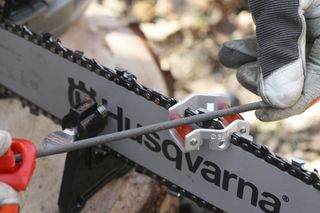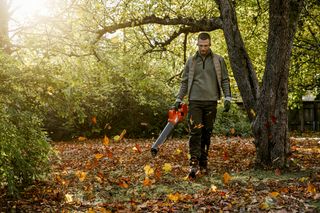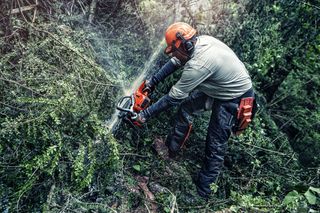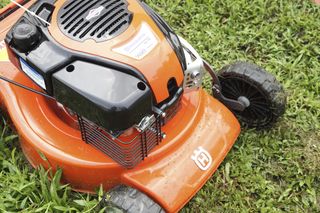
How to get the perfect fire - All about splitting, stacking and igniting fire wood.
A warm log fire is the ultimate comfort factor. But how do you secure a well-stocked supply for the winter? Here are some essential guidelines on how to create the perfect fire – and what you need to get there.
If we are talking about firewood for a fireplace, stove or heater it’s suitable to cut the wood log into pieces of approximately 30-40 centimetres, depending on how big of an opening your fireplace has. Then you can conveniently split each part into different sizes depending on how much or little air the wood structure contains.
Slow burning hardwood or flammable conifers?
Conifers such as spruce tree and pine are more flammable because they have low density and hence a lower energy value. Conifer wood also contains resin and turpentine, which makes the wood crackle and creak when it’s on fire. Birch and other hardwoods burn longer, don’t sound much but are harder to ignite. They can favourably be split into smaller pieces in order to catch fire more easily.
In the past, when charcoal was extracted from kilns in the forest it wasn’t unusual to search old pine stumps for splints and use them to get sparks. No wood is drier and more flammable.
Tools to use when splitting
How does one best split the wood into pieces? The most frequent and perhaps most convenient way is to use a chainsaw to trim and cut the wood into moderate pieces. It is advisable to put the log on a sawhorse and wear personal protection such as a helmet with a visor, protective clothing, hearing protection and shoes with proper reinforcements.
Another common way to split firewood is to make use of a sharp axe to cut each wood part into the desired number of pieces. If your need for firewood is greater, you can also get a hydraulic log splitter. It has a larger capacity.
Get the splitting done early spring
For those not yet initiated, it may sound like a good idea to fell and split the wood at summertime. However, the optimum season to fell timber is actually in winter when the trees don’t contain that much water. The cutting and splitting should then be done early spring (March-April for the northern hemisphere). At this time of year the weather is still dry but the temperature is rising, which ensures the wood to dry out. By late spring/early summer (beginning of June for the northern hemisphere) humidity increases and it’s best to cover the firewood with a tarp or store it under a roof.

Stack it high and narrow
The smartest way to stack firewood is tall and narrow, allowing good ventilation. One should not be too careful when stacking it, so wood surfaces end up too close to each other. You want there to be many air pockets between the logs.
To avoid moisture creeping in from below, it is advantageous to use some form of a pallet at the bottom of the stack. This also allows air to circulate freely under the firewood and makes it dry up faster.
As we all know a fire is a living and ever changing phenomena. Each kind of firewood gives it its own character. What makes the perfect fire then?
The secret is to mix woods. You can use pine splints to ignite and gain speed. If you like your fire to crackle and smell of resin you can add a few pieces of spruce. Finally you mix in some birch so the fire can burn longer and provide that comfortable heat.









